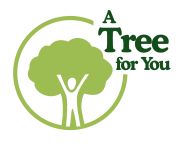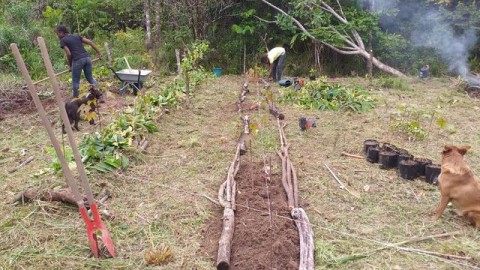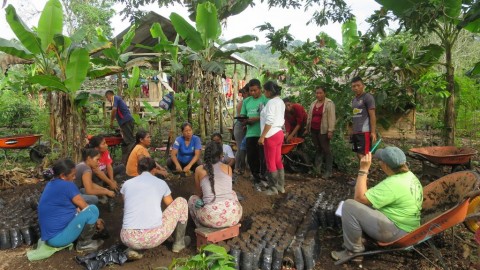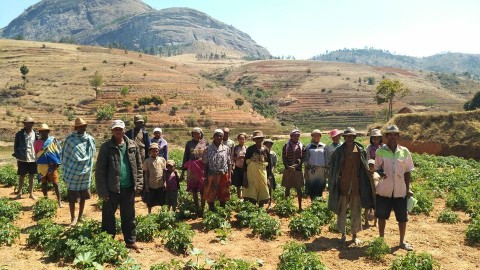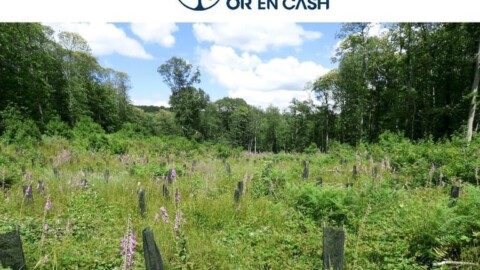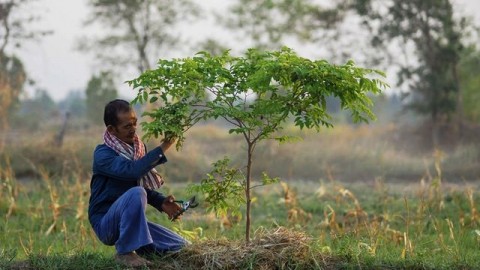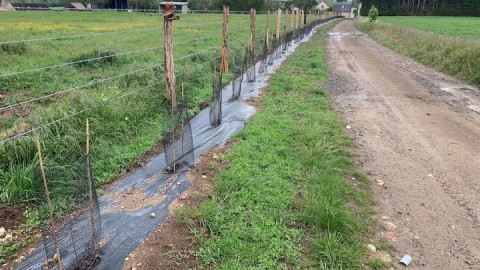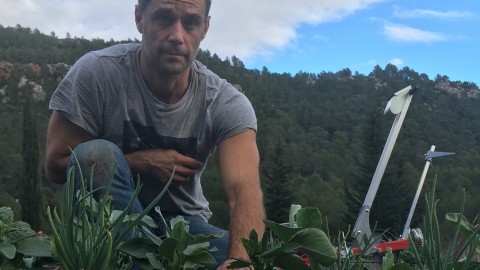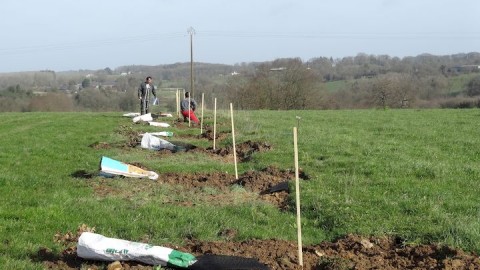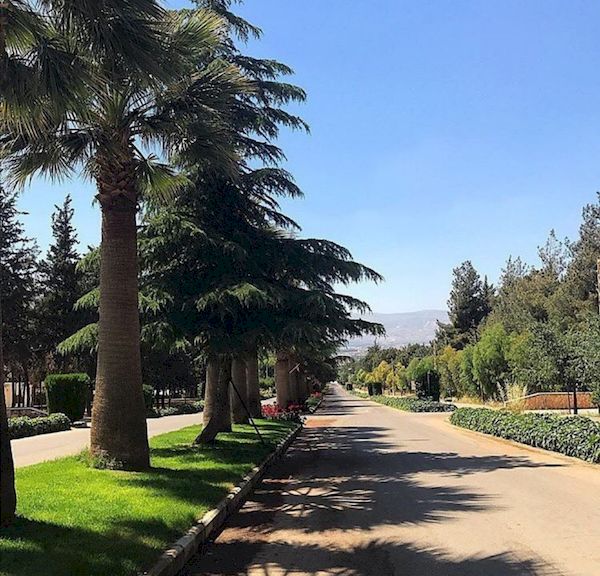
Background & challenges
In addition to the health crisis caused by the Covid-19 epidemic, Lebanon is currently facing an unprecedented economic crisis. This project aims to revive the Hima (‘protected area’ in Arabic) concept which for centuries has allowed local communities to sustainably exploit the resources and biodiversity.
These newly protected areas will support local communities in two villages by helping them build a resilient livelihood model by growing fruit trees, such as almond, olive, cherry, etc. The trees planted will also restore ecosystems, protect animals and migratory birds, and create a cohesive community closely in touch with nature.
A total of 1,250 trees will be planted in Hammana with the municipality and local community. This town of about 8,000 inhabitants, located 30km east of Beirut, is famous for its cherry trees and cherry festival. Situated along the main migration route for birds, Hammana Hima has become an eco-tourism site for enthusiasts to watch them.
Also, 1,250 fruit trees will be planted in Anjar, a palace town in the east of the country that is also a UNESCO World Heritage Site. Its population is currently around 2,400 people. Anjar Hima, declared a protected area in 2008, includes wetlands and marshes that are an important habitat for migratory birds, as well as agricultural and wooded land.
Planting 2,500 trees within the Hammana and Anjar Himas will, among other things:
- Create a resilient livelihood model for local communities by introducing fruit trees, in harmony with nature
- Maintain organic matter levels in the soils and so render them more productive
- Increase soil capacity to absorb and retain water
- Restore biodiversity and rebuild the habitat for many creatures: birds in Anjar, turtles and lizards in Hammana
- Improve agricultural practices in the two villages, empower local farmers, and preserve good traditional practices by introducing new, environmentally friendly methods
- Ensure healthy produce for local communities.
Project type

Agroforestry and forestry
Beneficiaries

Local communities in the villages of Hammana and Anjar, approximately 8,000 inhabitants in Hammana and 2,400 in Anjar
Number of trees

2,500 perennial trees to be planted, of which 1,250 in Hammana and 1,250 in Anjar
Species planted

12 different species, such as Oak, Carobs, Almonds, Linden, Olives Cedars, Apricots, Pines, Cherries, Plums, Peaches, Apples
Partner

Society for the Protection of Nature in Lebanon (SPNL)
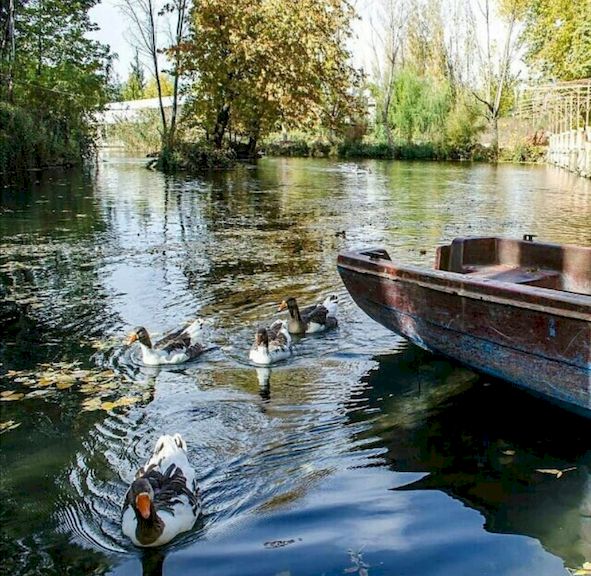
Works timeline
- September 2021: identification of planting sites and meeting with local authorities and beneficiaries
- October & November 2021: training site managers in supervision and planting techniques
- December 2021 to March 2022: planting activities and monitoring
- September 2022: monitoring planting and recovery rates
- December 2022: replanting to reach the target of 1,250 perennial trees in Hammana and 1,250 perennial trees in Anjar
- 2023 to 2024: plantation maintenance and replanting
Planting partner
Founded in 1983 and accredited by the Interior Ministry in 1986, SPNL is a Lebanese NGO and the national partner of BirdLife International. The organisation is dedicated to the protection of nature, birds, and biodiversity, while promoting the sustainable exploitation of resources by local populations and reviving the ancestral ‘Hima’ (‘protected area’) concept. One of SPNL’s activities involves planting trees in different Lebanese villages to create harmony between people, nature, and animals.
Budget
The total budget to be collected is €17,500, i.e. €7 per perennial tree, broken down as follows:
- 95% of the €7 is allocated to the planting project as follows:
- Plants: €3.40
- Technical and plantation supervision during the planting year: €0.5
- Technical monitoring over three years: €0.5
- Maintenance and logistics: €0.3
- Project coordination: €0.4
- NGO SPNL reports and communication: €0.32
- Long-term provisions: €0.2
- A Tree for You collection, monitoring and communications costs (14.7%): €0.99
- and 5% (€0.34) for A Tree for You overheads
